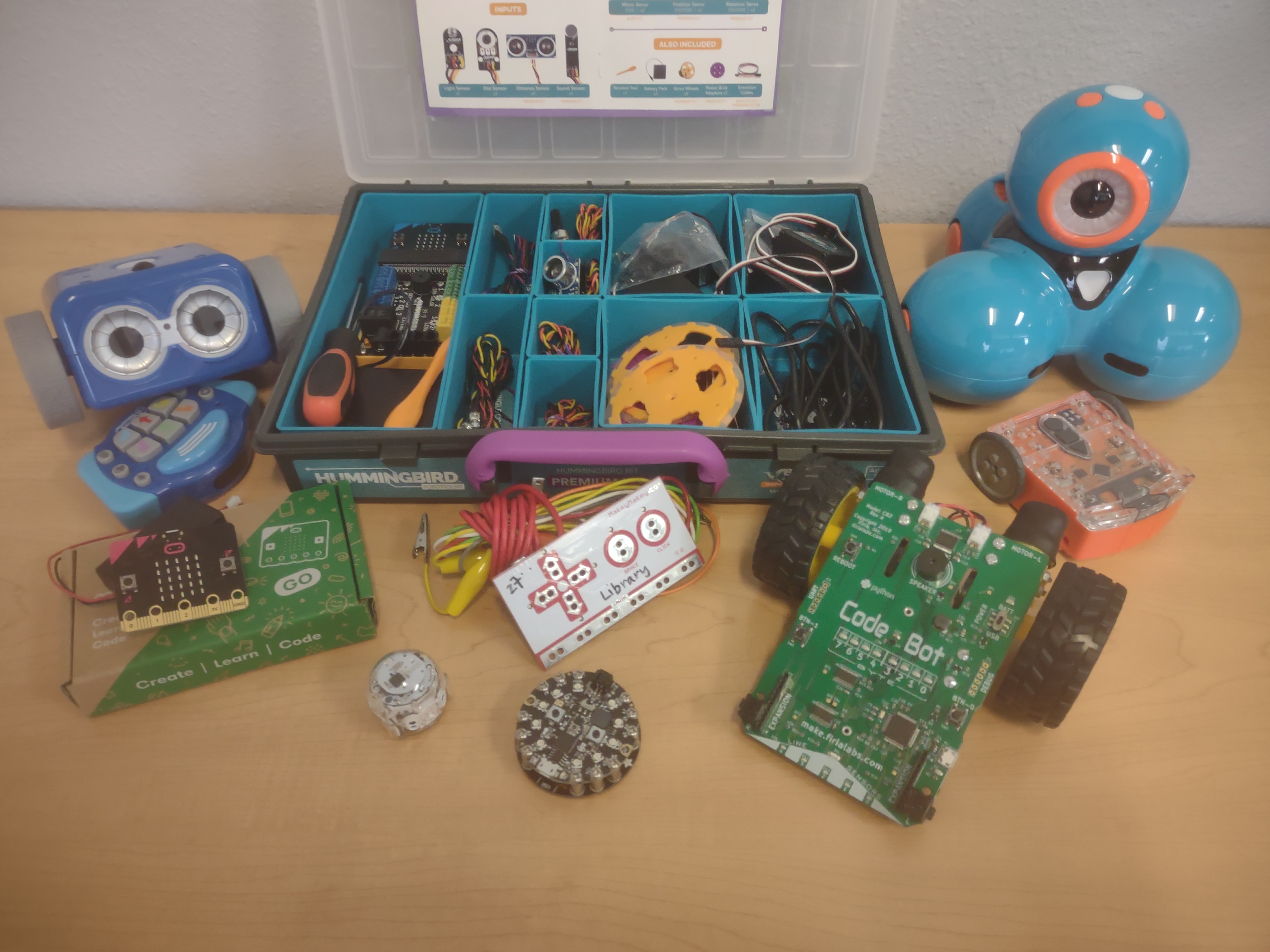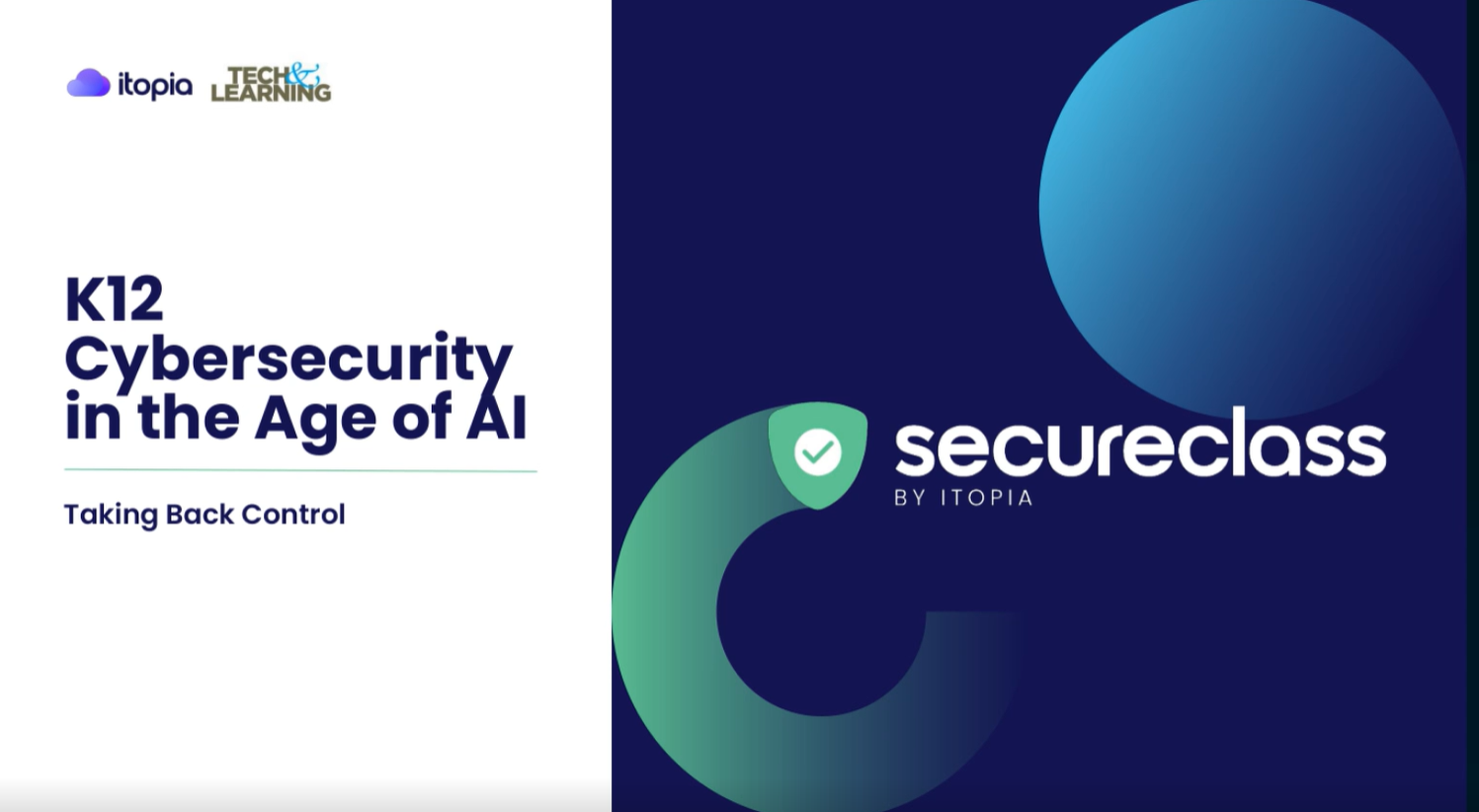How to Create a Robot Library
Gilbert Public Schools district has created a robot library that features kits that can be borrowed by schools and come complete with lessons tied to standards.

There is something about a robot that draws students to it.
“As soon as you bring a robot into a classroom, kids are already curious and wondering and excited,” says Shawn Abele, instructional technology coordinator for Gilbert Public Schools in Arizona. “It's something different, but it also gives them that hands-on experience to connect what they're learning to something in the real world.”
However, Abele and Jon Castelhano, the district’s executive director of technology, also know that sometimes robotics in the classroom is used merely as a fun way to pass the time and keep kids entertained rather than an educational tool. So when their district purchased a number of robotics kits in 2020 to loan out to various schools and classrooms in the district, they were determined to avoid using the devices as a gimmick.
“It's not a toy, per se. We can really help integrate it into your curriculum,” Castelhano says.
Integrating Robots
When Gilbert Public Schools first purchased sets of robots, the full learning potential wasn’t being realized.
“They felt more of a show-and-tell kind of thing that was one and done. And none of us really wanted that,” Abele says. “So then we turned our focus more to how we could actually connect this to what the kids are learning in their classes, the standards that they're actually addressing.”
Twelve technology integration educators (TIEs) work alongside educators at the district’s 40 schools and have created the Library of Robots, or TIE-brary, a library of robotics kits that can be checked out and used in classrooms. The district also offers standards-aligned resources for these kits in different subjects and for different grade levels.
Tech & Learning Newsletter
Tools and ideas to transform education. Sign up below.
“If they're working on angles and trajectory and subjects like that, then they can look through that document and see if there are connections there,” Castelhano says.
So far, robots have been used to teach programming and other computer science as well as math, social science, and less expected topics such ELL and writing. Demand is growing so the district is expanding its TIE-brary with more kits.
Castelhano says that though generally popular with elementary school students, the TIE-brary program is demonstrating that robots can also be an important education tool for secondary students.
Tips for Purchasing Robots for Your District
Castelhano says that it helps to have someone from the technology department who has some familiarity with robots guide the purchasing, as different robots are better suited to different age groups. Gilbert Public Schools uses Code-e-Pillars with pre-K and kindergarten students to teach coding, math, social science, and other topics. They use Ozobots with K-12 students and Dash with grade 3-12 students.
While price can be a deterrent to purchasing these kits, there are grants that can help with funding, Castelhano says.
Even more important than the robots themselves, however, is making sure you connect their use to curriculum goals from the beginning. “Let people know that this isn't just for happy, fun time on a half-day that you want to fill time,” Abele says.
Castelhano says this curriculum component is necessary in order to get buy-in from your educators. “Teachers don't want something extra to do if it's just a play activity, or if it's a special replacement, or if it is a toy,” he says. “There's relevance in the teaching part of it.”
Erik Ofgang is a Tech & Learning contributor. A journalist, author and educator, his work has appeared in The New York Times, the Washington Post, the Smithsonian, The Atlantic, and Associated Press. He currently teaches at Western Connecticut State University’s MFA program. While a staff writer at Connecticut Magazine he won a Society of Professional Journalism Award for his education reporting. He is interested in how humans learn and how technology can make that more effective.

